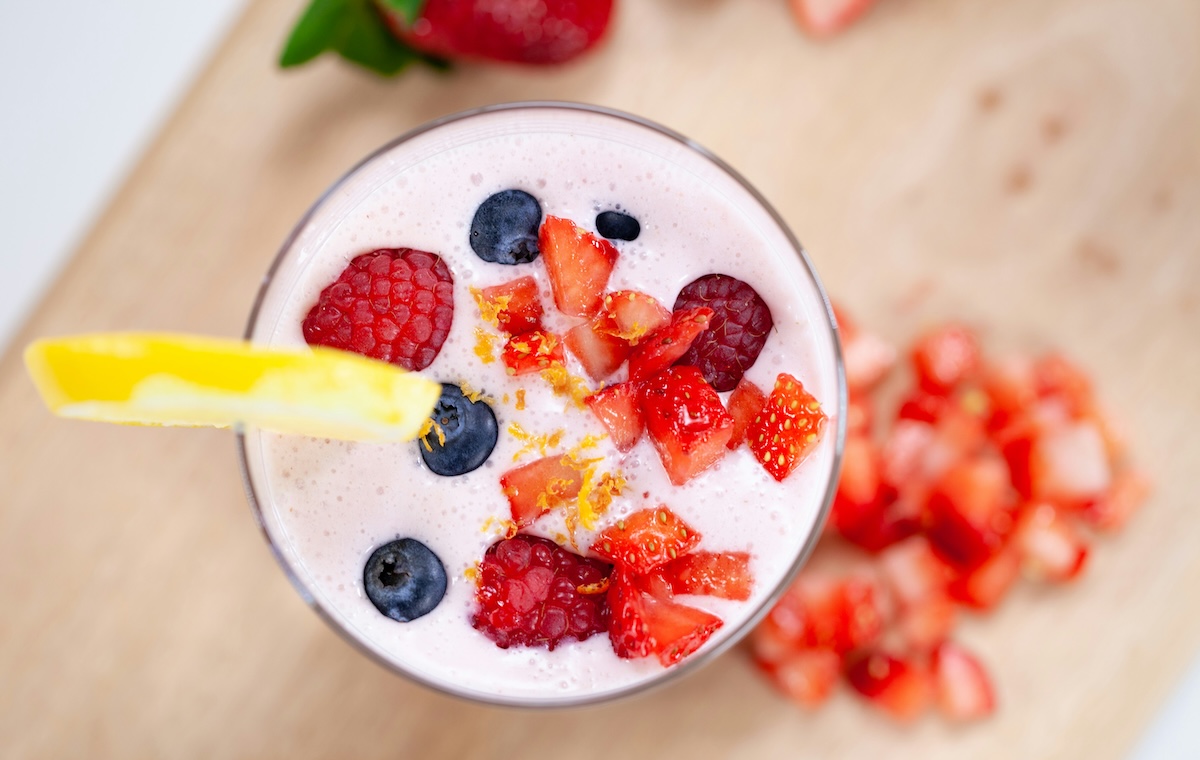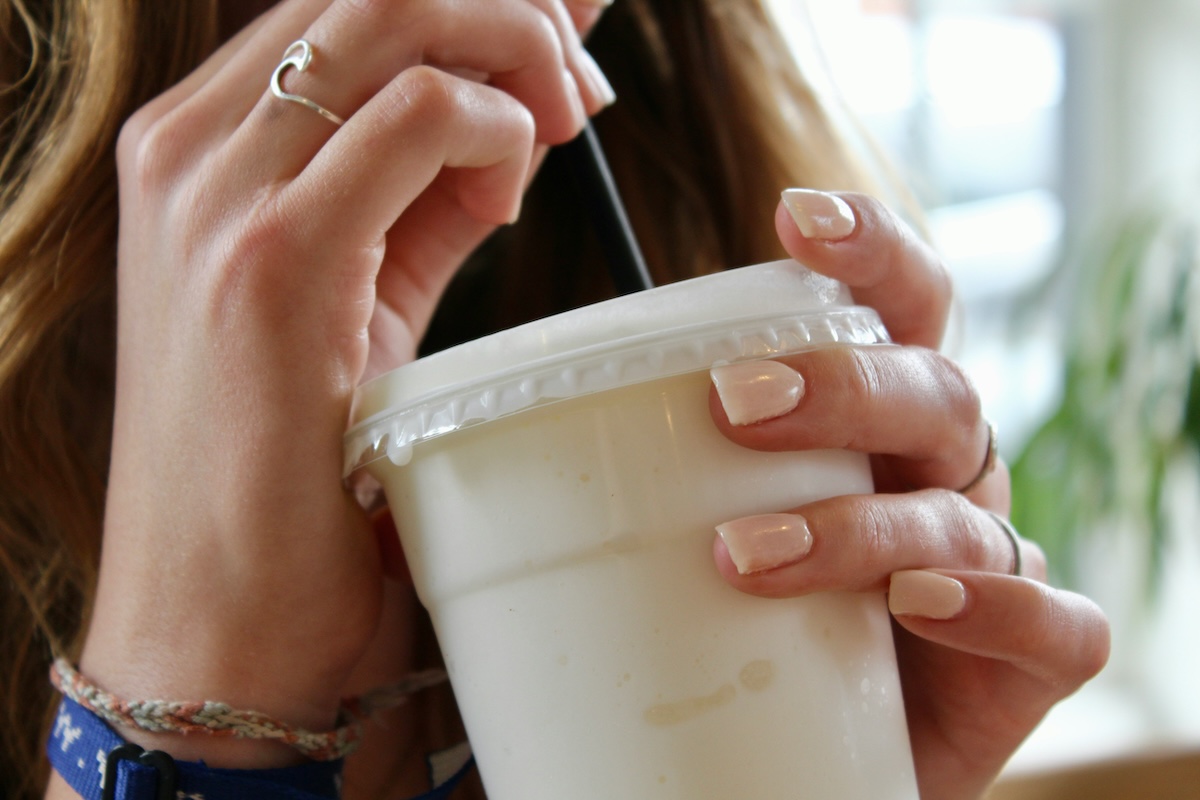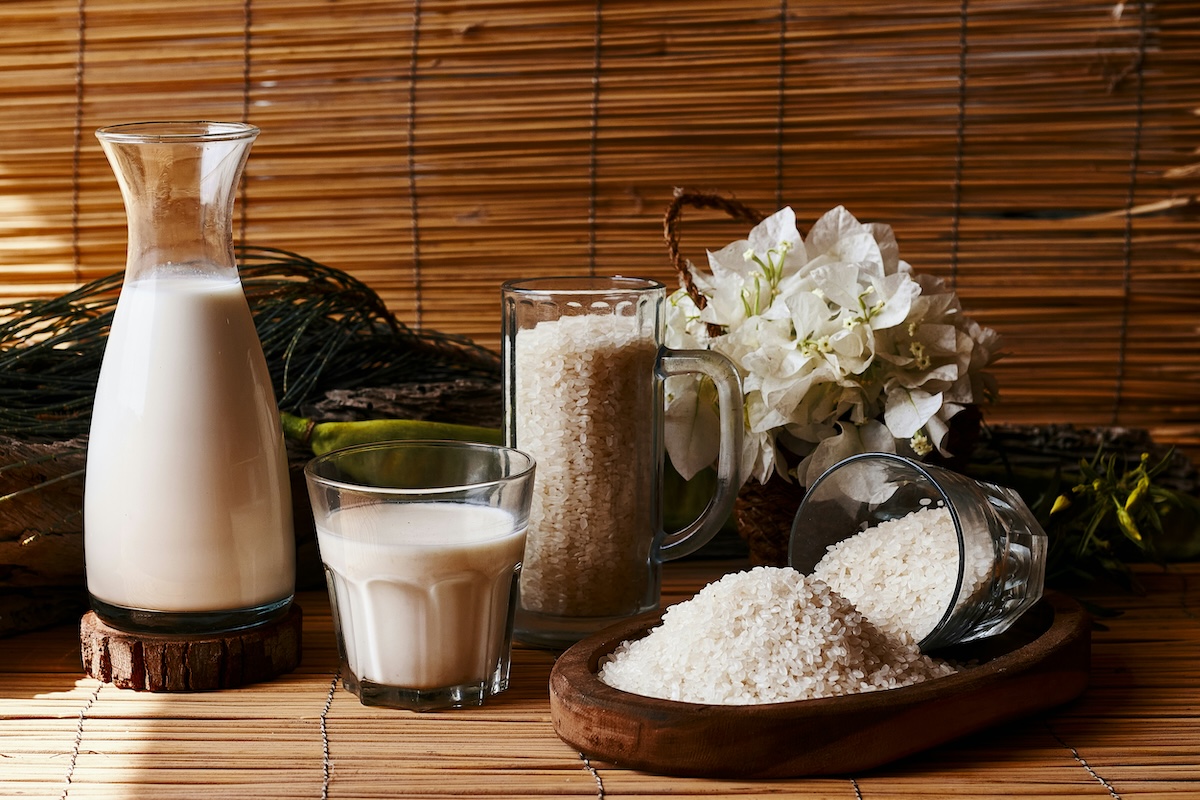💪 Best Plant Milk for Protein Shakes

Affiliate Disclosure: This post contains affiliate links to products on Amazon. If you click through and make a purchase, I may earn a small commission at no additional cost to you. This helps support the site. As an Amazon Associate, I earn from qualifying purchases. Read our full disclosure policy.
Choosing the right plant milk for your protein shakes can make the difference between a smooth, delicious post-workout drink and a chalky, clumpy mess. The best plant milk for protein shakes needs to mix well with powder, add extra protein without excess calories, and taste good enough to drink daily. Let's find your perfect match.
🥇 Top Pick: Soy Milk

Soy milk is the undisputed champion for protein shakes, delivering 7-9 grams of complete protein per cup before you even add your protein powder. This means a shake made with 2 cups of soy milk and 1 scoop of protein powder (typically 20-25g protein) gives you a massive 35-43 grams of protein total.
Soy milk's neutral taste doesn't compete with your protein powder flavors, and its smooth texture prevents clumping. The protein in soy milk is also a complete protein with all nine essential amino acids, making it nutritionally similar to dairy milk.
🛒 Best Soy Milk for Protein Shakes:
💡 Pro Tip: Choose unsweetened soy milk for protein shakes. Flavored protein powders add enough sweetness, and you'll avoid unnecessary sugar calories.
🥈 Runner-Up: Pea Milk
Pea milk is the newcomer designed specifically for athletes and fitness enthusiasts. With 8-10 grams of protein per cup (even more than soy!), it's become increasingly popular in the fitness community.
Why pea milk rocks for protein shakes:
- Highest protein content of any plant milk (8-10g per cup)
- Creamy texture that rivals dairy milk
- Allergen-friendly (no soy, nuts, or gluten)
- Blends smoothly with protein powder
- Neutral taste that works with any flavor
The catch: Pea milk can be harder to find in regular grocery stores and is typically more expensive than soy or oat milk. But if protein content is your priority, it's worth seeking out.
🛒 Best Pea Milk for Protein Shakes:
🥉 Third Place: Oat Milk (Protein-Enriched)

Regular oat milk only has 2-3 grams of protein per cup, making it a poor choice for protein shakes. However, protein-enriched oat milk changes the game with 8-10 grams per cup, putting it on par with pea milk.
Oat milk's naturally creamy texture and slight sweetness make protein shakes taste almost dessert-like. It's especially good for chocolate and vanilla protein powders.
Important: Make sure you buy "protein" or "extra protein" versions of oat milk. Regular oat milk won't give you the protein boost you need for post-workout recovery.
🛒 Best Oat Milk for Protein Shakes:
📊 Protein Content Comparison
| Plant Milk | Protein per Cup | Complete Protein? | Best For |
|---|---|---|---|
| Pea Milk | 8-10g | Yes | Maximum protein, allergen-free |
| Soy Milk | 7-9g | Yes | Budget-friendly, widely available |
| Oat Milk (Protein) | 8-10g | No | Creamy texture, great taste |
| Oat Milk (Regular) | 2-3g | No | Everyday use, not protein shakes |
| Almond Milk | 1-2g | No | Low-calorie, but not for protein shakes |
| Coconut Milk | 0-1g | No | Flavor variety, not protein-focused |
| Cashew Milk | 1g | No | Creamy texture, low protein |
❌ Plant Milks to Avoid for Protein Shakes
Almond Milk
With only 1-2 grams of protein per cup, almond milk adds almost nothing to your protein goals. It's too thin and watery for the creamy shake texture most people want. Save almond milk for cereal or coffee.
Coconut Milk
Coconut milk has virtually zero protein (0-1g per cup) and its strong flavor can clash with protein powder. The carton version is also quite thin, while canned coconut milk is too fatty and thick for most shakes.
Rice Milk
Rice milk is the worst choice: no protein, high in carbs, overly sweet, and watery texture. Skip it entirely for protein shakes.
🔬 Why Protein Content Matters
Your plant milk choice can significantly impact your total protein intake. Here's the math:
Scenario: 16oz protein shake (2 cups liquid + 1 scoop protein powder)
- With soy milk: 25g (powder) + 16g (2 cups soy) = 41g total protein
- With pea milk: 25g (powder) + 18g (2 cups pea) = 43g total protein
- With regular oat milk: 25g (powder) + 5g (2 cups oat) = 30g total protein
- With almond milk: 25g (powder) + 2g (2 cups almond) = 27g total protein
That's a difference of up to 16 grams of protein just from your milk choice! Over a week (7 shakes), choosing soy or pea milk over almond milk gives you an extra 112 grams of protein.
🥤 Tips for Perfect Protein Shakes
Prevent Clumping
Add liquid to your blender or shaker bottle first, then protein powder. This prevents powder from sticking to the bottom and clumping.
Blend Properly
For blenders: blend for 30-45 seconds. For shaker bottles: shake vigorously for 30 seconds, let rest for 10 seconds, then shake again for another 15 seconds.
Temperature Matters
Cold plant milk (straight from fridge) makes thicker, more refreshing shakes. Some people even freeze their plant milk into ice cubes for extra-thick shakes.
Add Thickness
If your shake is too thin, add:
- 1/2 frozen banana
- 2 tablespoons oats
- 1 tablespoon chia seeds
- 1/2 cup frozen cauliflower (you won't taste it!)
- Ice cubes
Flavor Combinations
Chocolate protein powder: Works with any plant milk, but especially good with oat or soy milk
Vanilla protein powder: Pairs beautifully with oat milk for a creamy, dessert-like shake
Unflavored protein powder: Best with soy or pea milk to add neutral protein without competing flavors
💡 Pro Tip: Make a batch of protein shake "ice cubes" by freezing leftover shake in ice cube trays. Blend a few cubes with fresh plant milk for a quick, thick shake.
⚡ Pre-Workout vs Post-Workout Considerations
Pre-Workout Shakes
Choose lighter plant milks that won't make you feel sluggish:
- Unsweetened almond milk (easier to digest)
- Diluted oat milk (50/50 with water)
- Smaller serving size (8oz instead of 16oz)
Post-Workout Shakes
Go for maximum protein and recovery:
- Full-fat soy milk (protein + calories for recovery)
- Pea milk (highest protein content)
- Protein-enriched oat milk
- Larger serving size (16-20oz)
💰 Budget Breakdown
Price per cup (approximate):
- Soy milk: $0.15-0.25 per cup (most economical)
- Regular oat milk: $0.20-0.35 per cup
- Protein oat milk: $0.40-0.60 per cup
- Pea milk: $0.50-0.75 per cup (most expensive)
- Almond milk: $0.15-0.30 per cup
Cost over a month (30 shakes with 2 cups plant milk each):
- Soy milk: $9-15/month
- Pea milk: $30-45/month
- Protein oat milk: $24-36/month
Soy milk offers the best protein-per-dollar value, making it ideal if you're drinking protein shakes daily.
🌱 Complete vs Incomplete Proteins
Complete proteins (soy milk, pea milk) contain all nine essential amino acids your body can't produce. This is important for muscle recovery and growth.
Incomplete proteins (oat milk, almond milk) lack one or more essential amino acids. This is fine if you eat a varied diet, but less ideal if your protein shake is a major protein source.
If you use oat milk or almond milk, make sure you're getting complete proteins from other sources throughout the day (beans, quinoa, tofu, tempeh, or fortified foods).
❓ Common Questions
Can I make protein shakes with water instead of plant milk?
Yes, but you'll miss out on extra protein, calories, and creaminess. Water-based shakes are thinner and less satisfying. Use water if you're cutting calories aggressively or prefer a lighter texture.
Does plant milk affect protein powder absorption?
No. Plant milk doesn't interfere with protein absorption. The protein from both your powder and plant milk will be absorbed effectively by your body.
Should I use sweetened or unsweetened plant milk?
Unsweetened is better for protein shakes. Most protein powders are already sweetened, and using sweetened plant milk can make shakes overly sweet and add unnecessary sugar calories.
Can I use plant milk past its expiration date for protein shakes?
No. Expired plant milk can spoil and cause digestive issues. Always check the date and smell before using. Shelf-stable cartons last longer than refrigerated versions.
Why does my protein shake get foamy?
Blending or vigorous shaking incorporates air. Let your shake sit for 1-2 minutes after mixing, or blend at lower speed for longer. Some plant milks (especially pea and soy) foam more than others.
🛒 Complete Protein Shake Setup:
✅ The Bottom Line
For most people, soy milk is the best overall choice for protein shakes: high protein content, affordable, widely available, and neutral flavor. It gives you the most bang for your buck.
If you avoid soy or want maximum protein, pea milk is your next best option despite the higher cost. It's also great for people with multiple allergies.
For those who prioritize taste and texture over protein content, protein-enriched oat milk delivers creamy, delicious shakes with solid protein numbers.
Skip almond milk, coconut milk, and rice milk for protein shakes. They simply don't provide enough protein to justify their use when better options exist.